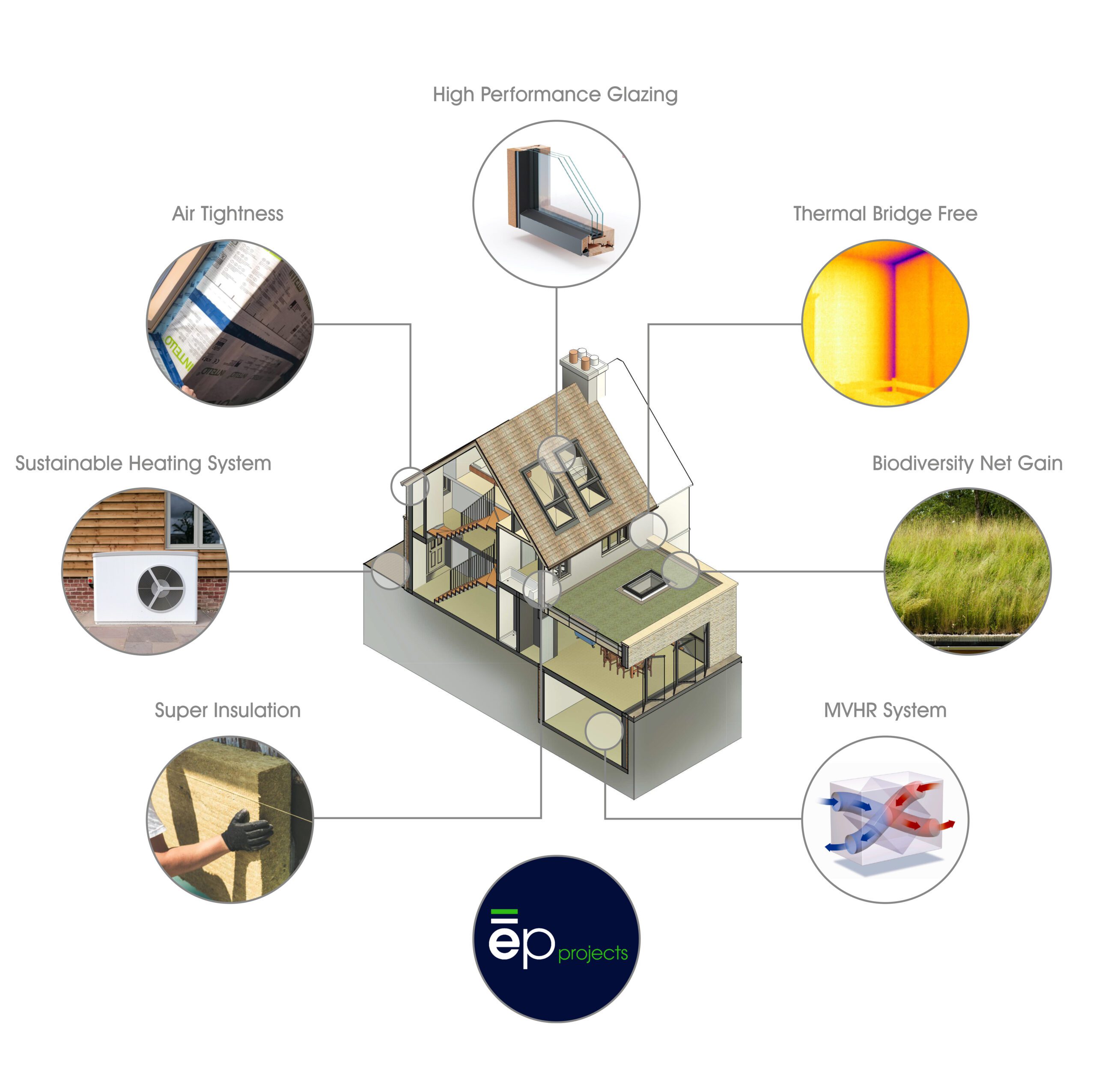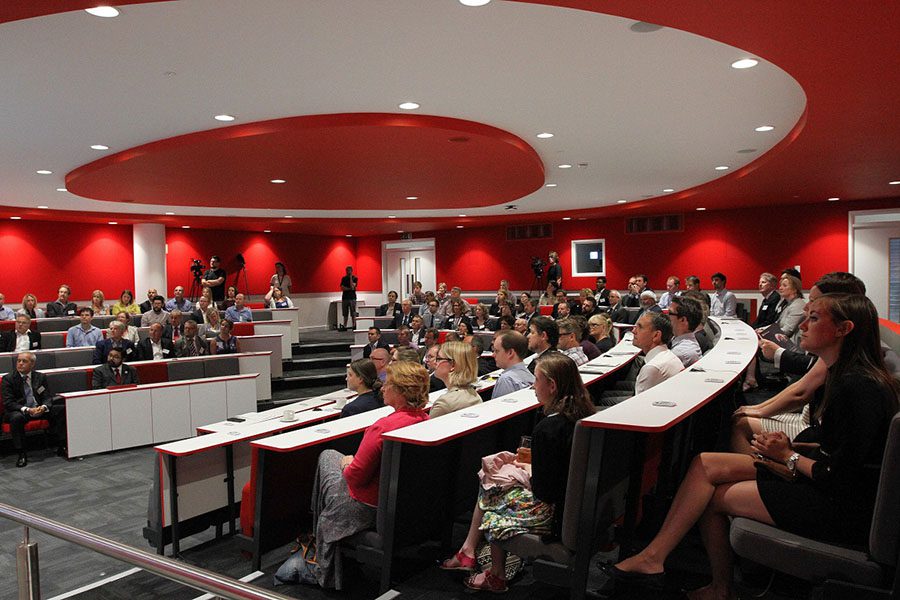ep projects are working on numerous retrofit projects in both residential and non-residential sectors. We are working closely with our clients to help navigate and demystify the process of achieving low energy in use, well-being, and whole-life value solutions.
This is a current example of a deep retrofit project on a semi-detached 1930’s cottage, taking an oil-fired system off-grid with on-site renewable energy generation.

The retrofit challenge throughout the UK in the residential sector
alone exceeds 20 million properties. When you add commercial buildings in need of
retrofitting, the task presents an enormous challenge and opportunity for the
construction and related industries.
The need to upskill, reskill and inspire the next generation

The need to upskill, reskill and inspire the next generation to rise to the retrofit challenge is essential if we are to deliver our net zero targets and whole-life reduction of energy use in our existing buildings stock. Inspiring people to become engaged with this challenge and opportunity is something ep projects and the wider ep group are committed to working hard with the industry to solve.
“Three experts on the best ways to retrofit housing”
RICS Interview
For a deep retrofit on a pre-1920s building, you’re probably looking at a minimum of £1000/m2 – it’s not cheap. That’s why we need government incentives, because the people who are in fuel poverty don’t have money to spend on this. It would benefit the government too, as it means we move away from fossil fuels and reach climate change targets. It would also reduce the number of people in England and Wales who die every winter because of fuel poverty, which currently stands at 8,500.
When you’re looking at the thickness of insulation, you want to create a minimum internal surface temperature of 13oC, ideally 17oC, to prevent condensation. When dealing with solid walls, external wall insulation (EWI) makes more sense but doing one home in isolation can look odd. The government should be looking at encouraging insulating them in blocks or groups, so it would be more cost effective and there would be a consistency of appearance, especially in conservation areas.

Houses in different regions, of different ages and in different conditions need a variety of interventions. Is the house terraced, detached, or semi-detached? Does it have double-glazing? Does it have a cold or warm roof? What is the ventilation strategy? Then you can look at the energy it uses: an average house uses 150kwh/m2 a year and a good retrofit might be able to get it down to 50kwh/m2, but that takes money and effort.
Would it be realistic to get in a heat pump? If you were just to replace a boiler with an air-source heat pump without any other measures, your fuel bills would probably go up because the energy cost of running it is high if you’re not generating any power. Our clients want to embrace energy efficiency, but retrofitting is not straightforward.
Please see the full interview here.

